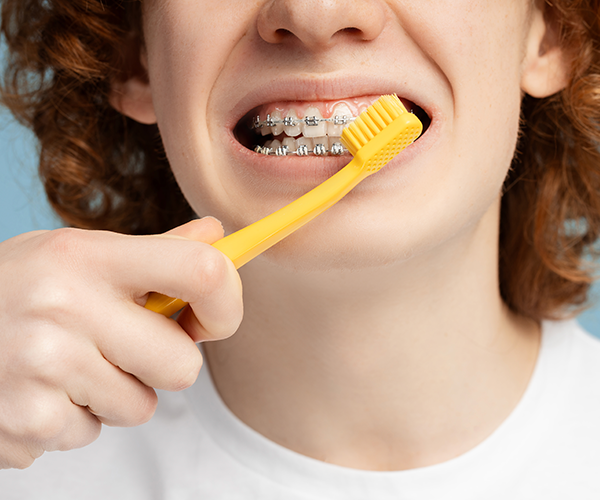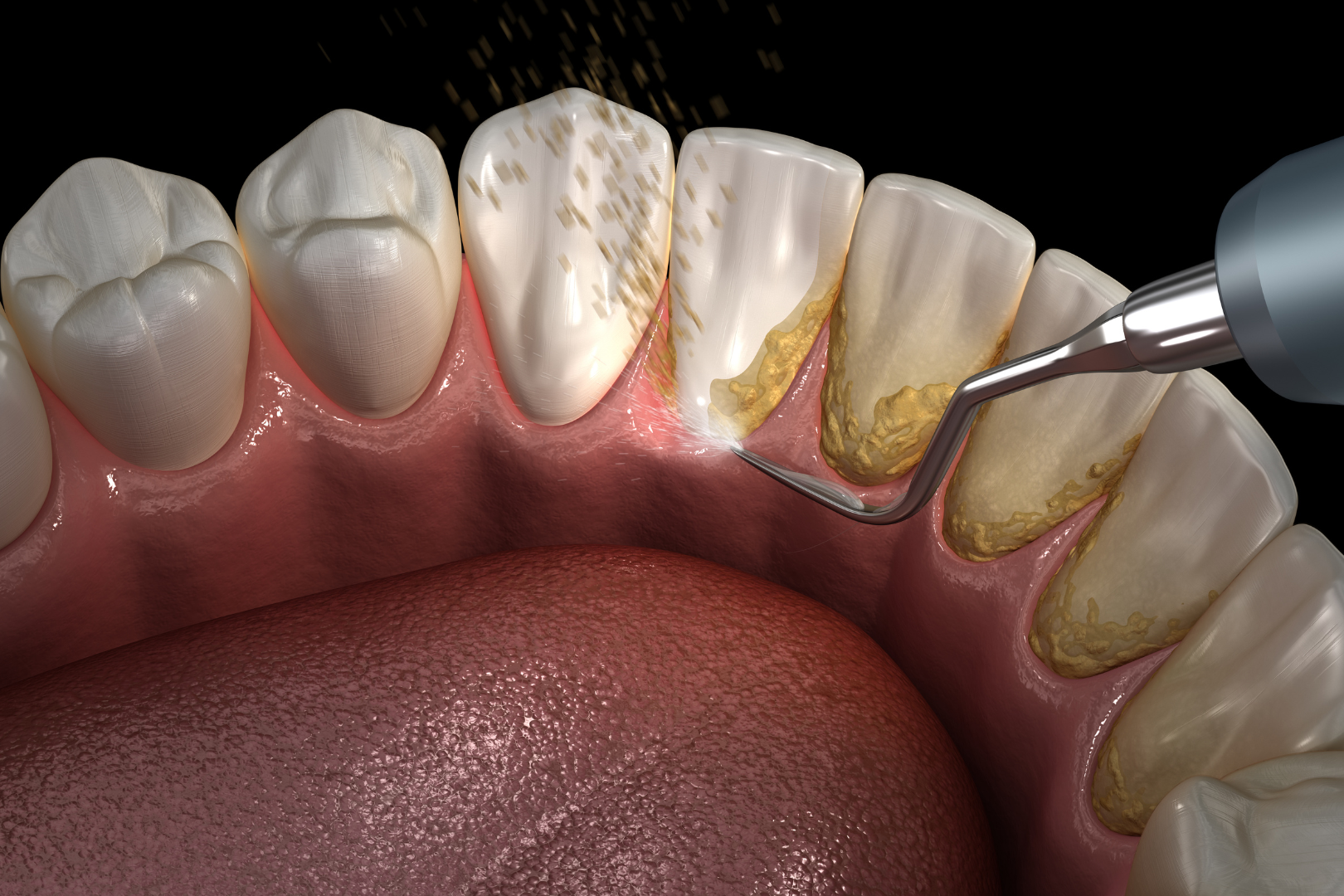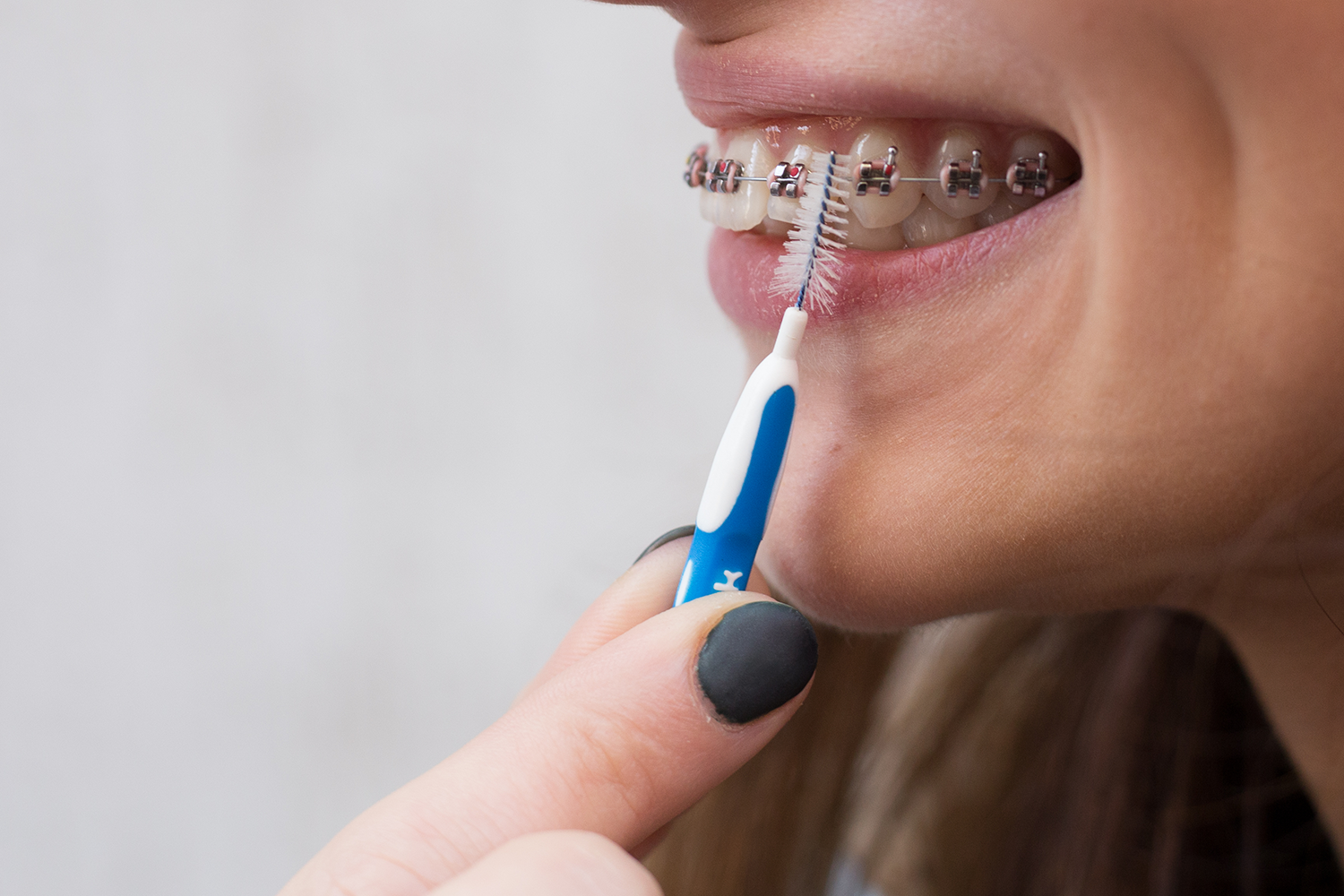So, you’ve got braces—how exciting! You’re on the path to a straighter, more confident smile. But let’s face it: brushing your teeth just became a little more... intricate.

So, you’ve got braces—how exciting! You’re on the path to a straighter, more confident smile. But let’s face it: brushing your teeth just became a little more... intricate. Those brackets and wires create plenty of nooks and crannies where food and plaque can hide, meaning you’ve got to up your oral hygiene game. But don’t worry—armed with the right tools and techniques, you can keep your teeth sparkling and your braces free of gunk.This guide will take you through everything you need to know, from why brushing is so important to the best tools and step-by-step techniques.

Plaque. The sticky biofilm that forms on your teeth is made up of bacteria, food particles, and saliva. If left unchecked, it can cause tooth decay and gum disease. Brushing removes plaque, but any left behind will harden into tartar- a stubborn, yellow substance that only your dentist can remove.Now, add braces into the mix, and plaque removal becomes even more of a challenge. With all those brackets and wires, food and bacteria find plenty of places to hide. If you miss a spot, plaque can lead to white spots, bad breath, cavities, or even gum irritation. That’s why maintaining a rock-solid brushing routine is key when you’ve got braces.
Before we jump into the brushing technique, let’s make sure you’re armed with the right tools. Here's a quick checklist to make your brushing battle a breeze:
Soft-bristled or electric toothbrush
A gentle brush is key—it cleans effectively around brackets and wires without irritating your gums or damaging your braces.
Interdental brush
This small, precise brush gets into the tight spots between brackets and wires that a regular brush might miss.
Floss threader or orthodontic floss
These tools make it easier to navigate floss under wires and between teeth. Bonus: add a water flosser for a supercharged clean!
Fluoride toothpaste
Helps strengthen enamel and protect against cavities—especially important when wearing braces.
Antibacterial or fluoride mouthwash
A quick rinse helps clear out any lingering debris and keeps plaque under control between brushes.
Cup
Perfect for rinsing or gargling after brushing—an easy way to wash away stubborn particles.
Mirror
Don’t skip this one! A quick check ensures you haven’t missed any sneaky spots hiding around your braces.

Follow these five steps to get your teeth and braces squeaky clean:
Rinse and prepare
Start by swishing water around your mouth to loosen food particles. Then gather your toothbrush, fluoride toothpaste, floss, and water flosser—you're good to go.
Brush at the right angles
Hold your toothbrush at a 45-degree angle to reach above and below the brackets. Use small, gentle circles to clean thoroughly without damaging your braces.
Focus on each tooth and bracket
Take your time. Carefully brush around each bracket and along the gumline, paying extra attention to the harder-to-reach teeth at the back.
Floss thoroughly
Use a floss threader or orthodontic floss to clean between your teeth and under wires. For an extra-deep clean, follow up with a water flosser.
Rinse and check your work
Finish with a fluoride or antibacterial mouthwash, then check in the mirror to make sure no plaque or food debris is left behind.

Once those braces come off, your teeth will feel like they’ve been given a spa day! But don’t forget to keep your oral hygiene just as on point post-braces:
Keep using a soft-bristled brush
Your teeth and gums may still be a bit sensitive after the braces come off, so stick with a soft brush for a gentle, comfortable clean.
Floss regularly
Flossing is much easier now without the wires—don’t skip it! Daily flossing keeps plaque build-up and gum issues at bay.
Watch for white spots
Notice any chalky white areas? These could be early signs of enamel damage. Stick with a fluoride toothpaste to help protect and remineralise your enamel.
Visit your dentist
Now’s the perfect time for a professional clean and check-up to keep your new smile healthy, bright, and beautifully aligned.
Brushing with braces may take a little extra care, but it’s well worth the effort to keep your teeth healthy and your smile bright throughout your treatment. By staying on top of your brushing game, you’ll prevent cavities and staining and ensure that your straight smile looks its absolute best when the braces finally come off.And remember, regular dental check-ups are just as important as daily brushing. At Smile Place Dental, we’re here to guide you every step of the way, whether you’ve got braces or you’re getting ready to rock that new, beautiful smile.
How often should I brush my teeth with braces?
Brush after every meal and snack, but wait at least 30 minutes before brushing to allow your enamel to recover. If brushing isn’t possible, rinse your mouth with water.
What foods should I avoid with braces?
Stay away from sticky, chewy, hard, or crunchy foods like caramel, gum, popcorn, and nuts. Also cut back on sugary snacks and soft drinks to help prevent cavities.
What’s the best toothpaste for braces?
Use a fluoride toothpaste to protect your enamel. Skip whitening toothpastes—they can cause uneven colouring once your braces are removed.
Do I really need to floss with braces?
Absolutely. Use orthodontic floss, a floss threader, or a water flosser to clean between teeth and under the wires. Daily flossing is key for healthy gums.
Can I use a regular toothbrush, or do I need a special one?
A soft-bristled or electric toothbrush is great. Pair it with an interdental brush to clean those tricky spots around brackets and wires.
Is mouthwash necessary when you have braces?
It’s not essential, but a fluoride or antibacterial mouthwash is a helpful extra—especially when you can’t brush right after meals.
What happens if I don’t clean my braces properly?
Poor hygiene can lead to white spots, cavities, bad breath, and gum issues. Plus, trapped food can slow down your orthodontic progress.